SAP licensing is the strategic management of SAP software contracts and usage to reduce costs and ensure compliance. Therefore, companies that use it face licensing complexity and the risk of cost overruns. Furthermore, applying Software Asset Management (SAM) allows you to optimize licenses, automate audits, and align contracts with actual usage needs.
SAM is a practice that helps companies optimize software licenses, reduce costs, and ensure compliance. SAP license management is a growing challenge for companies seeking control, savings, and governance. Furthermore, with SAM, it's possible to map actual usage, avoid waste, and maximize ROI on enterprise software.
This way, SAM ensures compliance and reduces licensing costs. SAP. Additionally, integration with SAM strengthens IT governance and planning.
What is SAP Licensing?
SAP licensing is the process of managing contracts, license types, and software usage for businesses, ensuring compliance and financial efficiency. With SAM tools, you can map actual usage, avoid waste, and reduce annual costs, while maintaining governance and regulatory compliance.
SAP license management is the process of controlling, optimizing, and auditing software usage within a company. However, when combined with SAM, it ensures compliance, full visibility, and better financial performance for each license.
SAP Licensing Challenges
Companies face several challenges when managing licenses
- Exponential growth of the application portfolio
- Continuous increase in maintenance and licensing fees
- Complexity in internal and external audits (SOX, ISO 19770-1)
- Difficult alignment between contracts and actual software use
Why SAM is essential for SAP
Asset Management Software allows:
- – View all SAP software usage in real time.
- – Automate compliance audits and reporting.
- – Identify underutilized licenses and optimization opportunities.
- – Reduce the risk of penalties for misuse.
Benefits of SAP License Optimization
- Reduction in annual costs for licenses and maintenance.
- Better control of the software lifecycle.
- Greater transparency in audits and contracts.
- Support for strategic IT decision-making.
- Continuous and secure regulatory compliance.
Why SAP License Management is Challenging
With the advancement of digital transformation, SAP has become the heart of many business operations. However, its complexity and licensing models make control a major challenge.
While vendors like Microsoft, Adobe, and IBM have already simplified license management, it still requires specific processes and tools to ensure compliance and reduce costs.
Furthermore, factors such as increased maintenance fees, indirect usage, and inactive licenses directly impact IT budgets. In this scenario, SAM (Software Asset Management) emerges as the most effective method for bringing visibility and governance to the SAP environment.
Main SAP licensing challenges
1. No support for SWID Tags: Without Software Identification Tags, tracking SAP licenses becomes more difficult. Therefore, companies need to use discovery tools that identify named users and establish a reliable license baseline.
2. Confusing License Types: It offers models such as Professional, Limited, Developer, and Self-Service. However, without clear usage criteria, compliance is vulnerable to errors and penalties.
3. Indirect usage fees: When external applications access SAP data via API, additional costs arise. Therefore, monitoring and limiting this type of access is essential to controlling expenses.
4. Inactive and non-recycled licenses: Licenses associated with former employees or inactive users continue to consume budget. Automating the recycling and reallocation process is a critical optimization step.
5. Uncoordinated acquisition: The lack of integration between contracts, deployed licenses, and actual usage hinders financial planning. SAM solves this by providing unified visibility across the entire license lifecycle.
CSM, SAM and SAP: What Connects It All
While the ITSM focuses on delivering IT services and CSM improves customer service, SAM acts as the basis for governance and control of software assets, including SAP.
With SAM, companies can track contracts and licenses in real time and identify waste and opportunities for license recycling. It also helps comply with standards such as ISO/IEC 19770-1 and Sarbanes-Oxley (SOX), and strengthens IT governance and data security.
Meet SAP Law 2.0
SAP LAW, launched in 2002, is an SAP tool for consolidating license audit data, aiding contractual compliance and enabling SAP to identify nonconformities and propose adjustments or renewals. The 2014 version of LAW 2.0 maintained this objective but also began offering information on internal consumption, with features such as system management and user grouping. However, despite the new features and the potential to reduce costs and risks, its complexity still hinders adoption and efficient use by SAP administrators and professionals.
SAM lifecycle applied to SAP
SAM operates in five main stages in the SAP context:
- Plan – gather contracts and identify what has already been acquired.
- Acquire – negotiate new contracts based on real usage data.
- Deploy – assign appropriate license types to each user profile.
- Manage – continuously monitor compliance and usage.
- Retire/Recycle – release inactive licenses for reuse.
In this way, each of these phases contributes to reducing costs, avoiding penalties and ensuring that the SAP environment is fully compliant.
Read also:
SAP LAW: Solution for SAP license optimization?
SAM Maturity: Understand your enterprise valuation
Benefits of SAM for SAP
Implementing SAM in SAP brings strategic and financial benefits. These include:
- Accurate inventory of licenses and active users.
- cost reduction acquisition and maintenance.
- Compliance guaranteed with legal and contractual standards.
- Governance and security improved.
- License recycling for intelligent use of resources.
Next steps SAP and SAM license management
To manage SAP licenses, you need to centralize SAP contracts in a single system, automate the detection of active and inactive licenses, and monitor indirect access and associated costs and recycle inactive user licenses.
As well as implementing internal audits with SAM tools, assessing maturity levels and identifying opportunities for optimizing SAP licenses.
Mini FAQ – SAP
1. What is SAM in the context of SAP?
It is the practice of managing SAP software licenses and assets, ensuring compliance and optimizing costs.
2. How does SAM reduce costs in SAP?
It identifies inactive, duplicate, or misallocated licenses and recycles them, avoiding unnecessary expenses.
3. What is indirect usage in SAP?
This involves accessing external systems (such as B2B apps or e-commerce) to SAP via API, which can generate additional costs.
4. What tools help SAM in SAP?
Automated discovery and measurement software, integrated into the SAP environment, is essential for tracking usage and contracts.
5. Why is SAP compliance important?
Avoids financial penalties, improves audits, and ensures effective corporate governance.
In short, taking care of your SAP license is essential for reducing costs and optimizing your strategy. Talk to our experts and discover how SAM and SAP licenses can transform your IT governance.



